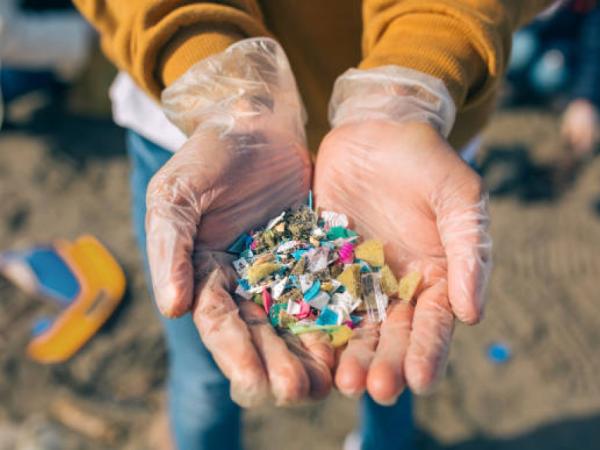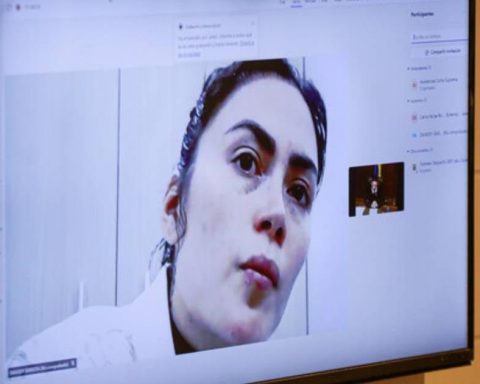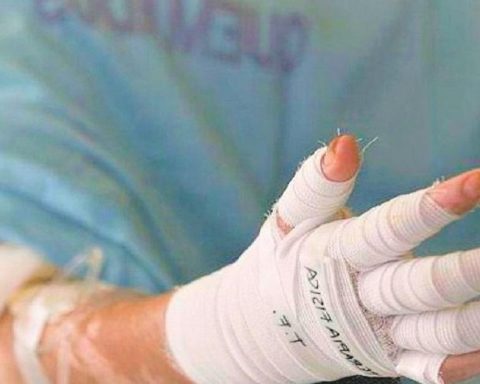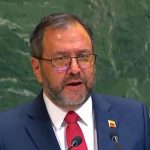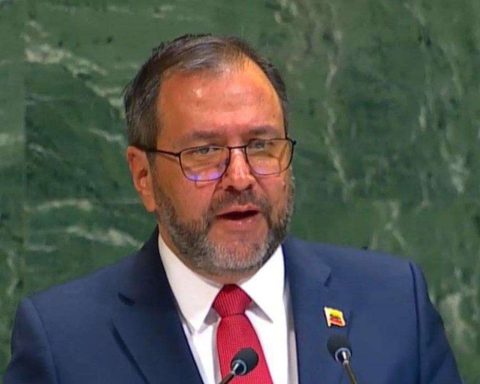Bacterial contamination and microplastics threaten the Ciénaga Grande de Santa Martawhich is the largest coastal and productive fishing lacunar system in the Colombian Caribbean.
(Read here: Climate change, drought and crime fuel the fire crisis in South America)
A study led by researchers from the University of Barcelona (UB), in Spain, and the Colombian Institute of Marine and Coastal Research (Invemar) has warned about the impact of contamination by microplastics and pathogenic bacteria in sediments and in the digestive treatment of fish in the area, the UB has reported.
In fish consumed by the local population Microplastics have also been found, which implies an even greater risk for the entire natural ecosystem and human health, the university added.
This is what an article published concludes in the Journal of Hazardous Materials, directed by researchers Ostin Garcés-Ordóñez and Miquel Canals, of the Consolidated Research Group in Marine Geosciences of the Faculty of Earth Sciences of the UB.
(See here: Latin American countries that lead the adoption of artificial intelligence)
With an area of 1,321 km², the Ciénaga Grande de Santa Marta It is a shallow lake ecosystem (between 1 and 1.8 meters), which receives fresh water from four rivers and sea water through a connection channel with the Caribbean Sea.
Flanked by mangroves, it is home to two national parks, is listed by the Ramsar Convention on Wetlands, and it is a strategic lake complex for the conservation of biodiversity.
Furthermore, it is an ecoregion of great faunal and floristic wealth.where fishing is essential for the maintenance of local communities.
With limited water circulation and shallow depth, lagoons are exposed to the constant arrival of pollutants through rivers, wastewater discharges or direct discharges, which favor the accumulation of plastics and the proliferation of potentially pathogenic bacteria in the natural environment. . , the UB has indicated.
The study has identified nineteen potentially pathogenic bacterial species in the microplastics analyzed.
Aeromonas caviae, the most prevalent species, can cause gastroenteritis and was found, together with the anaerobic bacteria Pantoea sp, in microplastics extracted from samples of water, sediment and the digestive tract of fish that are consumed on a regular basis.
The species Enterobacter roggenkampii and Pseudomonas fluorescens, which can also cause infections, are located in microplastics extracted from water and in fish.
On the other hand, the bacteria responsible for cholera, Vibrio cholerae was the second most abundant, although it was only found in microplastics in water.
(Follow here: Argentina moves towards a sustainable energy future)
To find out if these bacteria are capable of triggering disease outbreaks in fish and humans in the environment of the Ciénaga Grande de Santa Marta, “the presence of the virulence genes necessary for this should be confirmed, so this would be one of the lines of research in which future studies would have to be delved into,” researcher Ostin Garcés-Ordóñez has pointed out.
The analyzes have also allowed us to identify a total of sixty-five bacterial phyla and 1,760 bacterial genera.
school of fish
iStock
Solutions for coastal lagoons around the world
Establishing an early warning system could help identify risk situations and predict them well in advance, according to experts, who advise “rapid communication and emergency protocols – with the participation of scientists, health personnel and local communities – to warn of possible outbreaks of infectious diseases in the area.”
They also indicate that “Governance should be strengthened, sanitation infrastructure and health care should be improved, as well as education and training of different social agents to carry out long-term monitoring.”
“Our diagnosis highlights the need to implement integrated environmental management and public health strategies”point out the experts, who are also authors of the study ‘Environmental Pollution, 2022’ that warned of the alarming situation that causes microplastic pollution in fifty coastal lagoons. from all over the world.
“This new research presents a conceptual model on the environmental risks for the lagoon and the human communities in its surroundings. It is a very vulnerable scenario, because it is a semi-closed system, with a limited economy, poor health care and great dependence of fishing resources”, have emphasized.
For experts, the Ciénaga Grande de Santa Marta represents an ideal model to analyze a health and environmental problem that affects many lagoons throughout the planet.
“Studying this system will help not only generate new knowledge, but also develop effective strategies to manage the environmental risks associated with this type of pollution, as well as extrapolating strategies that improve the environmental status of affected coastal lagoons in other regions of the world” they have concluded.
EFE
